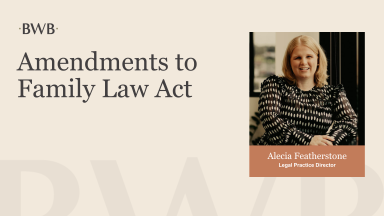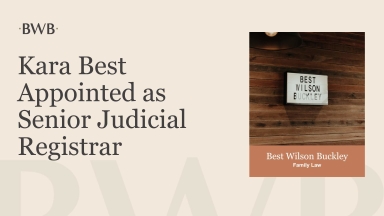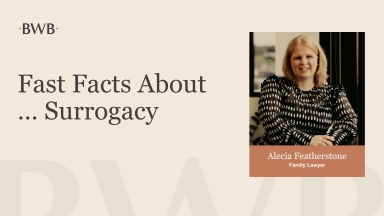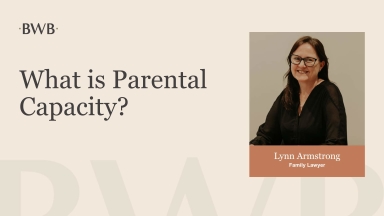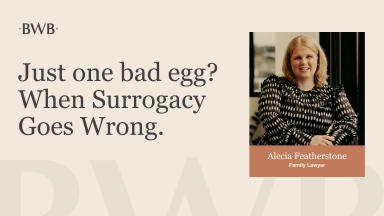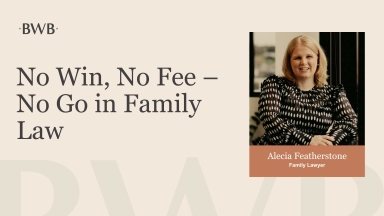Read our Latest Family Law News
Choose Your Area of Interest

Parenting Arrangements and Disputes | Child Protection
Determining a Child's Best Interests
By Lynn Armstrong

Financial and Property Settlements | Separation and Divorce | Formalising Agreements | Parenting Arrangements and Disputes
Does filing for divorce finalise my parenting arrangements and property distribution as well?
By Natalia Hutchison

Domestic and Family Violence
Coercive Control: “Hannah’s Law” Passed In Queensland
By Natalia Hutchison
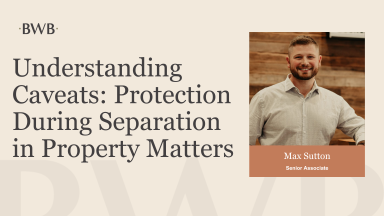
Separation and Divorce | Financial and Property Settlements | General
Understanding Caveats: Protection During Separation in Property Matters
By Max Sutton
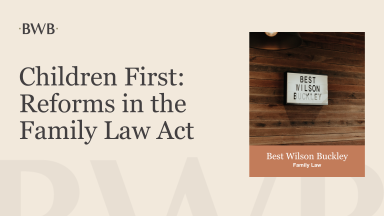
General | Parenting Arrangements and Disputes
Children First: Reforms in the Family Law Act
By Best Wilson Buckley Family Law

Separation and Divorce | Parenting Arrangements and Disputes
Interim Parenting Order Deadline is fast approaching, are you prepared?
By Samantha Chai
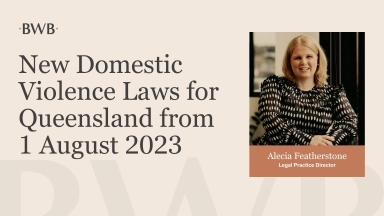
Domestic and Family Violence
New Domestic Violence Laws for Queensland from 1 August 2023
By Alecia Featherstone

Financial and Property Settlements
Who Gets the Farm? Property settlements where adult children are involved
By Best Wilson Buckley Family Law

Domestic and Family Violence
What do I need to know about the government’s new Paid Domestic Violence Leave?
By Best Wilson Buckley Family Law

Separation and Divorce
I’m separating but my lawyer’s office is closed – what can I do?
By Best Wilson Buckley Family Law

Parenting Arrangements and Disputes
Tips for co-parenting over the holiday season
By Best Wilson Buckley Family Law

Domestic and Family Violence | Parenting Arrangements and Disputes
What do Queensland’s new domestic violence laws look like?
By

Mediation and Family Dispute Resolution | Parenting Arrangements and Disputes
Why should you mediate your matter?
By Lynn Armstrong

Financial and Property Settlements | Separation and Divorce
Why do I need to seek financial advice after separating?
By Best Wilson Buckley Family Law

Parenting Arrangements and Disputes
What do I do if my ex-partner and I don’t agree on a new school?
By Best Wilson Buckley Family Law

Parenting Arrangements and Disputes | Financial and Property Settlements
Time Limitations
By Samantha Chai

Child Support
Child Safety and Child Protection Lawyers Brisbane, Toowoomba, Ipswich & North Lakes
By Alecia Featherstone

Financial and Property Settlements
Pros and Cons of Delaying Your Property Settlement in the Current Environment
By Best Wilson Buckley Family Law

Domestic and Family Violence
Navigating Domestic Violence Protection – Orders v Undertakings
By Best Wilson Buckley Family Law
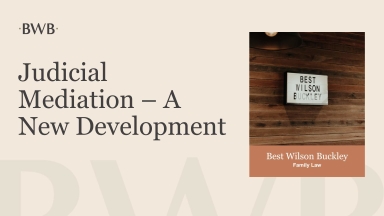
Mediation and Family Dispute Resolution
Judicial Mediation – A New Development
By Best Wilson Buckley Family Law

Parenting Arrangements and Disputes
What 17 Years as a Family Lawyer has Taught Me
By Best Wilson Buckley Family Law

Parenting Arrangements and Disputes
What is ‘Equal Shared Care’ in Family Law in QLD & What Does it Mean?
By Best Wilson Buckley Family Law

Domestic and Family Violence
Common Questions, Queries & Concerns about Domestic Violence
By Kiara Bergh
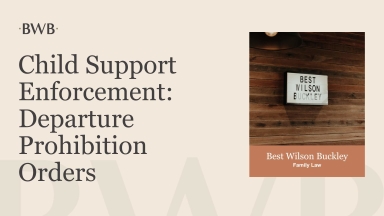
Child Support | Child Protection
Child Support Enforcement: Departure Prohibition Orders
By Best Wilson Buckley Family Law

Separation and Divorce
This Doesn’t Concern You: Privacy in Family Court Proceedings
By Best Wilson Buckley Family Law

Parenting Arrangements and Disputes
Celebrating Our Cultural Diversity Through Special Cultural & Religious Events
By Best Wilson Buckley Family Law
